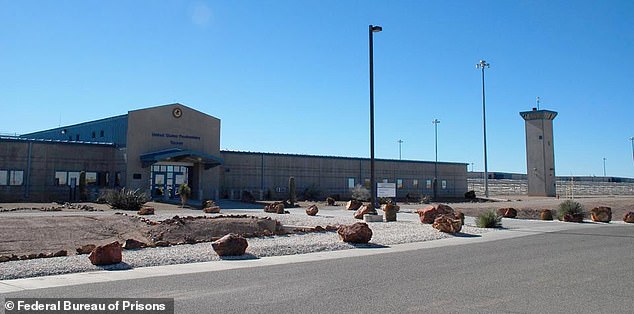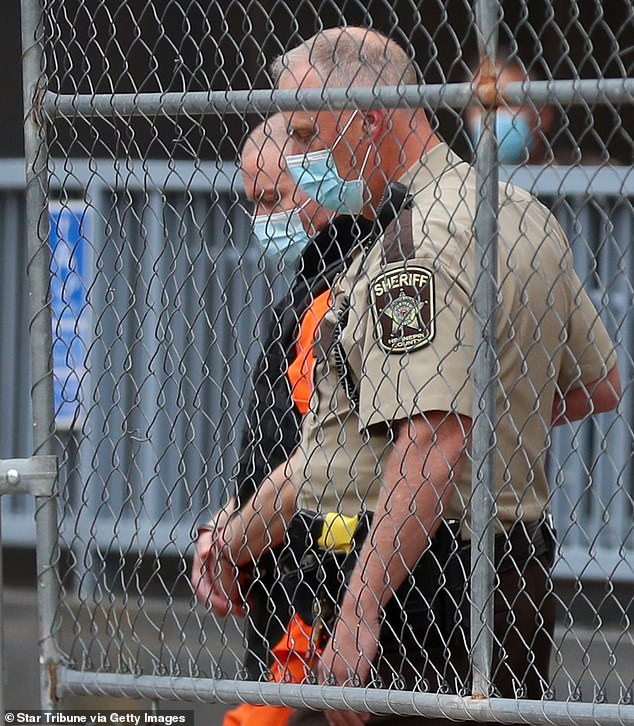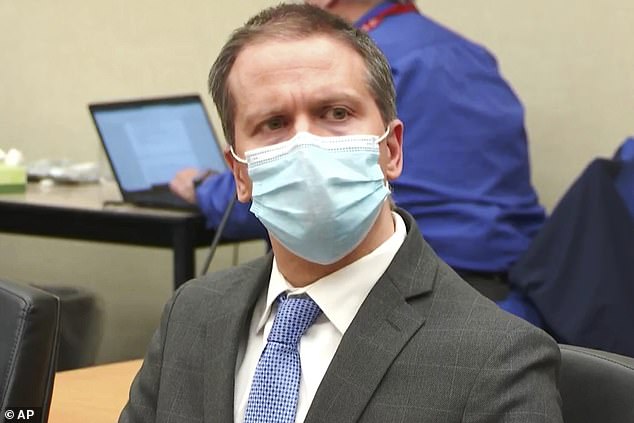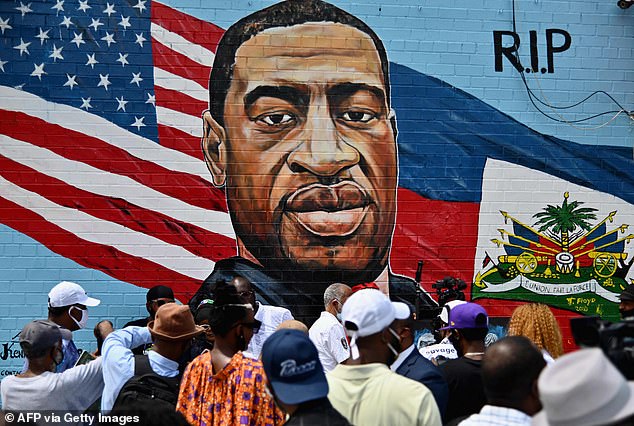Tucson prison housing Derek Chauvin is plagued by security lapses – with cop convicted of murdering George Floyd the SECOND high-profile attack in the last year
The federal prison where George Floyd’s convicted killer Derek Chauvin was held was reportedly plagued by security problems.
Chauvin, 47, was stabbed by another inmate and seriously injured Friday Prison in Arizona, where he is serving a 22-year sentence for the murder of George Floyd.
The Federal Correctional Institution, Tucson, where Chauvin served his sentence, is a medium-security prison plagued by security lapses and staffing shortages, an anonymous source said. AP.
This is the second high-profile attack the Arizona facility has experienced in just a year.
In November 2022, an inmate at the prison’s low-security facility pulled out a gun and tried to shoot a prison visitor in the head.
Derek Chauvin, 47, was stabbed and seriously injured by another inmate Friday at the Arizona prison where he is serving a 22-year sentence for the murder of George Floyd

The Federal Correctional Institution, Tucson, where Chauvin served his sentence, is a medium-security prison plagued by security lapses and staffing shortages.

This is the second high-profile stabbing in Arizona in just a year. In November 2022, an inmate at the facility’s low-security facility pulled out a gun and attempted to shoot a prison visitor in the head

Chauvin’s attorney, Eric Nelson, had supported the idea of keeping him out of the general population and away from other inmates, anticipating that he would become a target following the global outrage sparked by the death of George Floyd .
The weapon involved in the November 2022 attack – which the inmate should not have had – misfired and fortunately no one was injured in the attack.
Chauvin was sent to FCI Tucson from a maximum-security state prison in Minnesota in August 2022 to simultaneously serve a 21-year federal sentence for violating Floyd’s civil rights and a 22-and-a-half-year state sentence for manslaughter.
Chauvin’s attorney, Eric Nelson, had supported the idea of keeping him out of the general population and away from other inmates.
Nelson expected to be a target following the global outrage caused by the death of George Floyd.
Floyd, who was Black, died on May 25, 2020, after Chauvin, who is white, pressed a knee into his neck for 9½ minutes on the street outside a convenience store where Floyd was suspected of passing a counterfeit $20 bill.
Bystander video captured Floyd’s trailing cry of “I can’t breathe.” His death sparked protests worldwide, some of which turned violent, and forced a national reckoning with police brutality and racism.
In Minnesota, Chauvin was kept in solitary confinement “largely for his own protection,” Nelson wrote in court papers last year.

Chauvin was sent to FCI Tucson from a maximum-security state prison in Minnesota in August 2022 to simultaneously serve a 21-year federal sentence for violating Floyd’s civil rights and a 22-and-a-half-year state sentence for manslaughter.

In Minnesota, Chauvin was kept in solitary confinement “largely for his own protection,” Nelson wrote in court filings last year

Floyd’s death sparked protests worldwide, some of which turned violent, and forced a national reckoning with police brutality and racism.
Chauvin’s stabbing comes amid the federal Bureau of Prisons’ ongoing investigation — following Jeffrey Epstein’s prison suicide in 2019.
The high-profile stabbing of Larry Nassar in July further spurred an investigation into federal prison security.
Nassar — the disgraced doctor convicted of sexually assaulting female gymnasts at the Olympics and colleges — was stabbed multiple times by another inmate at a short-staffed federal prison in Florida.
An ongoing AP investigation has uncovered deep, previously unreported deficiencies within the Bureau of Prisons, the Justice Department’s largest law enforcement agency with more than 30,000 employees, 158,000 inmates and an annual budget of about $8 billion.
Widespread sexual abuse and other criminal behavior by staff, dozens of escapes, chronic violence, deaths and severe staff shortages have complicated responses to emergencies, including prisoner abuses and suicides.
